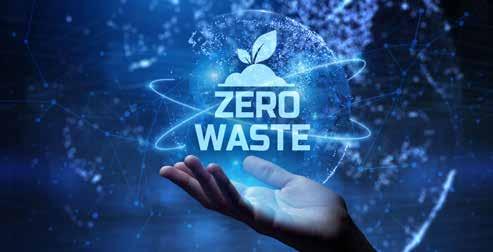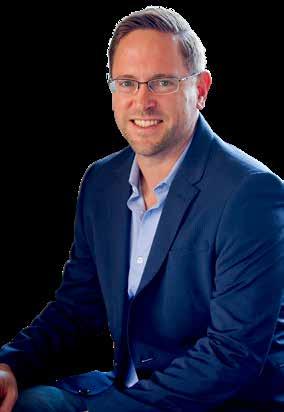CIRCULAR ECONOMY
Achieving
Beyond a mere buzzword, the circular economy is gaining momentum in calls to action for industr y in all sectors and among consumers. By Nick Mannie*
30
FEBRUARY 2021
|
ReSource
A
s far back as the Industrial Revolution, industr y and consumers followed a linear model. We must stop the ‘take, make and dispose’ model and shift towards a restorative model. The continued use and abuse of natural materials and ecosystems is placing pressure on the sustainability of the supply of these raw materials. Disparity in social and economic status, unfair practices and incentives for product development and deregulated markets are leading towards financial inequalities among consumers and regional economies. To ensure sustainability of both society and the environment, drastic measures will need to be taken in terms of the use and preservation of existing raw materials. Through the Paris Agreement and the introduction of the UN’s Sustainable Development Goals (SDGs), there has
been a commitment to tackle climate change and initiate action to redress past mismanagement of the environment. In addition, the mindset and the approach towards managing the transition towards a circular economy will have to measure for effectiveness. Just how we measure the success of the circular economy is dependent on a few key areas:





















